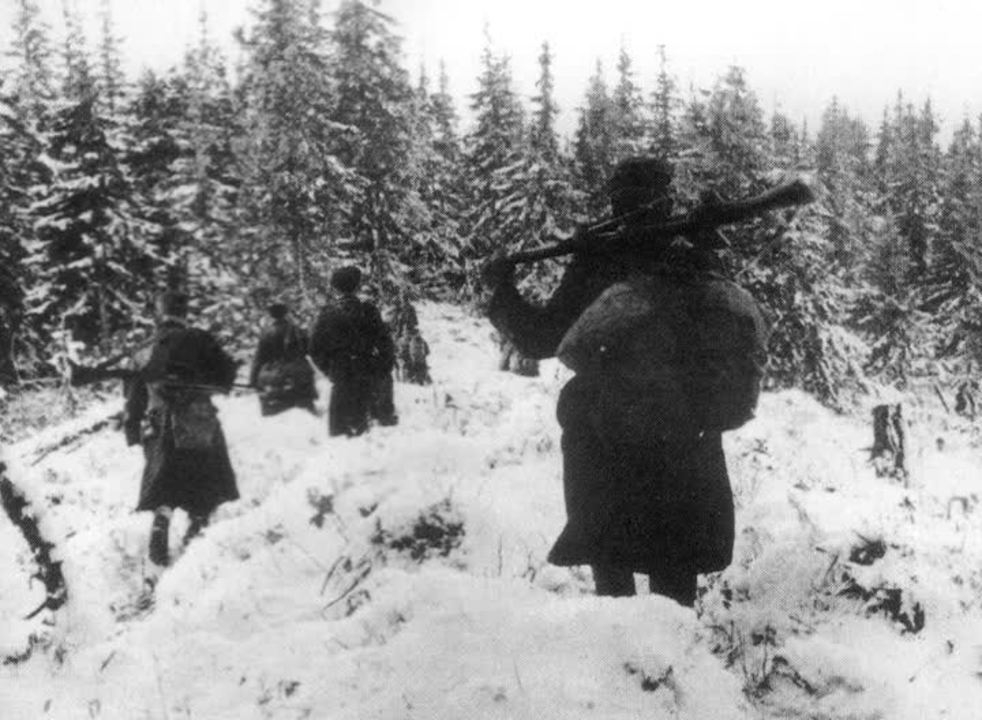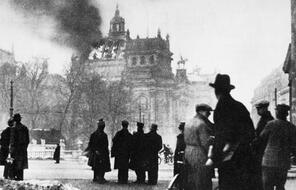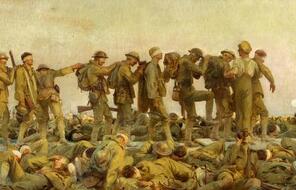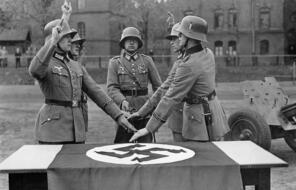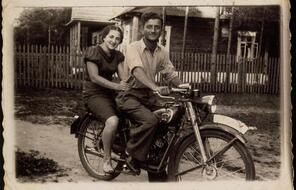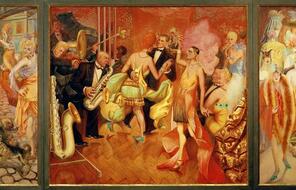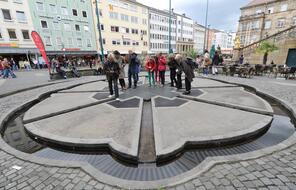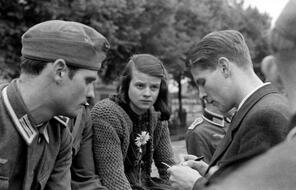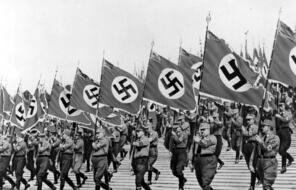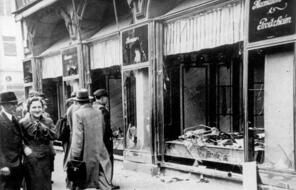Tuvia, Asael, Zus and Aron Bielski were four of 12 children born to a miller and his wife in the rural village of Stankiewicze, near Novogrudok. It was a very rough area for Jews, mostly because it was so far away from an urban center. As the only Jewish family, the brothers had to learn to stand up for themselves or face the wrath of anti-Semitic locals.
Unlike their father, who had a conciliatory nature, the brothers wouldn't hesitate to fight to defend their family's honor. Their reputation was fearsome. It was rumored that Asael and Zuz had murdered a man. What is certain, Zus and Asael were often in trouble with the authorities.
The brothers complemented each other's strengths and weaknesses. Tuvia was more refined than his younger brothers. A tall, dark-haired man known by neighbors as the Clark Gable of the Bielskis. He was an avid reader who loved recounting religious stories to illustrate current dilemmas. Many believed that he was destined for great things.
Tuvia also had a history of violence, though he was not as aggressive as his brothers. He was daring too. On at least one occasion, he disguised himself as a white Russian peasant and ate dinner at a merchant's house with Nazi officers, so he could gather intelligence.
Asael, the middle son, was the most reticent. Hardworking and loyal, he enjoyed operating the family's business and planned to eventually take over his father's responsibilities at the mill. Zuz was brash. He would throw punches first, ask questions later, and his parents, it seemed, were always negotiating with the police to keep him out of trouble.
Aron was a pre-teen when the war began. Still, he helped gather intelligence. His youth camouflaged his role as a partisan and it made him an indispensable member of the group. Tuvia's brains and compassion complemented Asael and Zus' brawn and power. This combination was responsible for their success. They could not have done it without each other.
When the Germans arrived in Western Belarus, then part of the Soviet Union, in June 1941, the three older brothers were 35, 33, and 29. In the first months of the occupation, Belski family members avoided the German onslaught. But by December 1941, the invaders had captured and killed the brothers' parents and two of their younger siblings.
Thousands of other Jews from the region were killed by the Germans and their collaborators or were forced to live in the nearest ghetto. The brothers sought safe houses for a dozen or so of their surviving relatives. But by the spring of 1942, the brothers decided to relocate everyone to a single location in the woods. Many relatives who were unused to the forests were wary of venturing into the wild, but the brothers insisted.
As the murders and torture of the Jews increased and then over-grew the ghetto and elsewhere, Tuvia decided to expand the group beyond their relatives. Asael and Zus initially opposed the plan, thinking that it was best to keep the units small and manageable. But Tuvia insisted, "I would rather save one old Jewish woman than kill 10 Nazi soldiers," he said. He argued that they couldn't sit idle while their people were being slaughtered.
"Asael and Zus would never have had the old people and women," recalled Aron, the younger Bielski brother. "They would have their wives and girlfriends, but no way in hell would they have chosen to take all those people." By the autumn of 1942, the Bielski group included nearly 100 members. "It seemed like a fantasy from another world," wrote one inhabitant after the war. "A kind of gay abandon filled the air, biting frank talk spiced with juicy curses, galloping horses and the laughter of children. Suddenly, I saw myself as an extra in a Wild West movie. Compared to the ghettos, it felt like heaven," said Charles Bedzow. "In the woods, we were free. That's all I can tell you. We had freedom."
The brothers moved quickly to build a fighting force from the escapees, who joined forces with the growing army of Soviet partisans engaged in guerrilla attacks against the occupiers. In October 1942, a squad of Bielski and Soviet fighters raided a German convoy loaded with supplies, killing at least one German soldier.
"It was satisfying in a larger sense," Tuvia wrote of the first attack on Nazis in his 1955 Yiddish language memoir. A real spiritual high point, that the world should know that there were still Jews alive, and especially Jewish partisans." The strength and reputation of the brothers' unit formed as a military outfit-- with Tuvia as commander, Asael as deputy commander, and Zus as chief of reconnaissance-- grew throughout late 1942.
The young fighting men, a minority of the overall Bielski population, spent long nights obtaining food, sometimes stealing it from the local peasant population to feed everyone. They also sought out and executed Nazi collaborators, including one man who lived in the Bielski's boyhood village and was once close to the family. The brothers knew that the group needed to be feared if it had any chance of surviving in such a hostile environment. And it worked, the size of the unit seemed to increase with every passing day.
